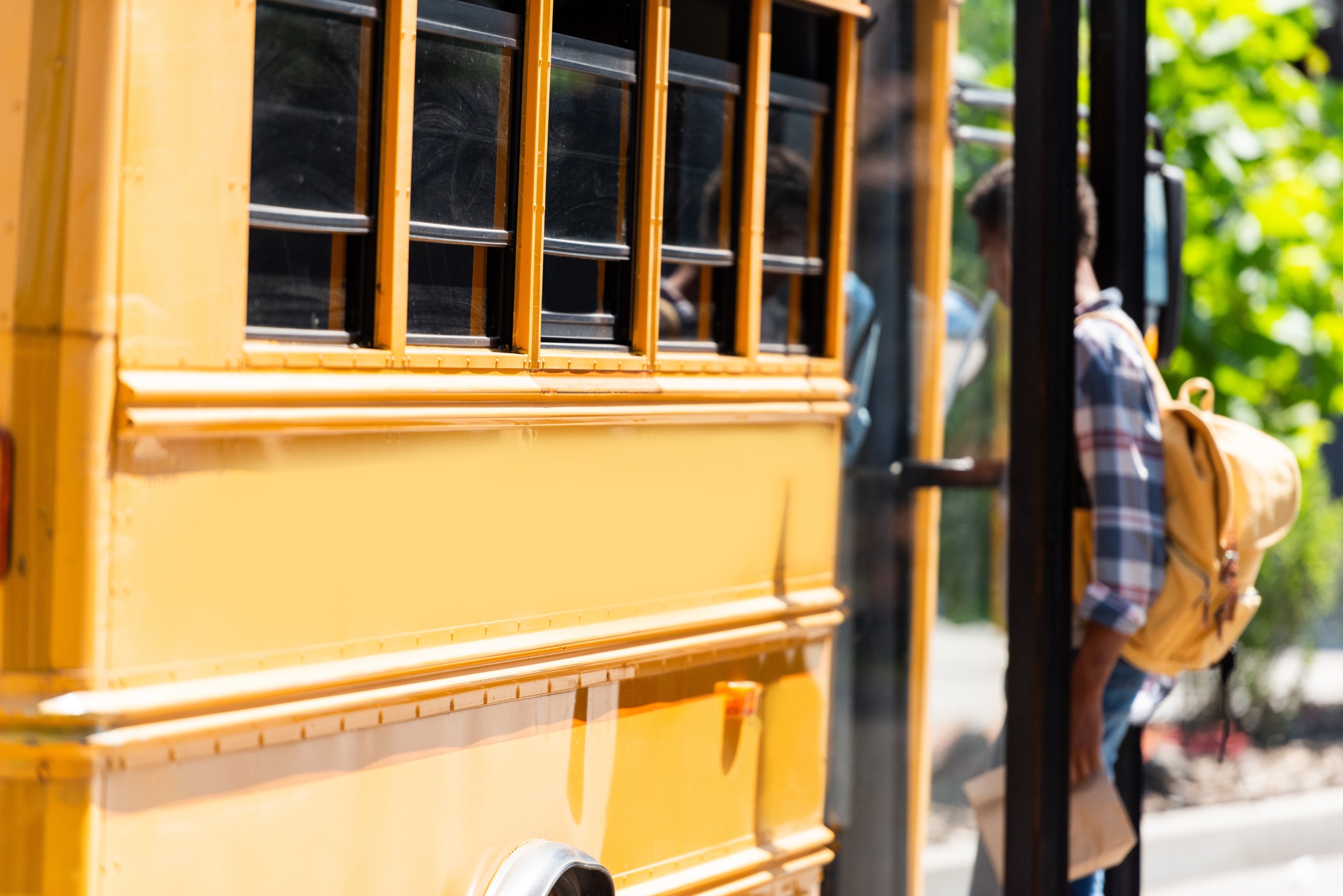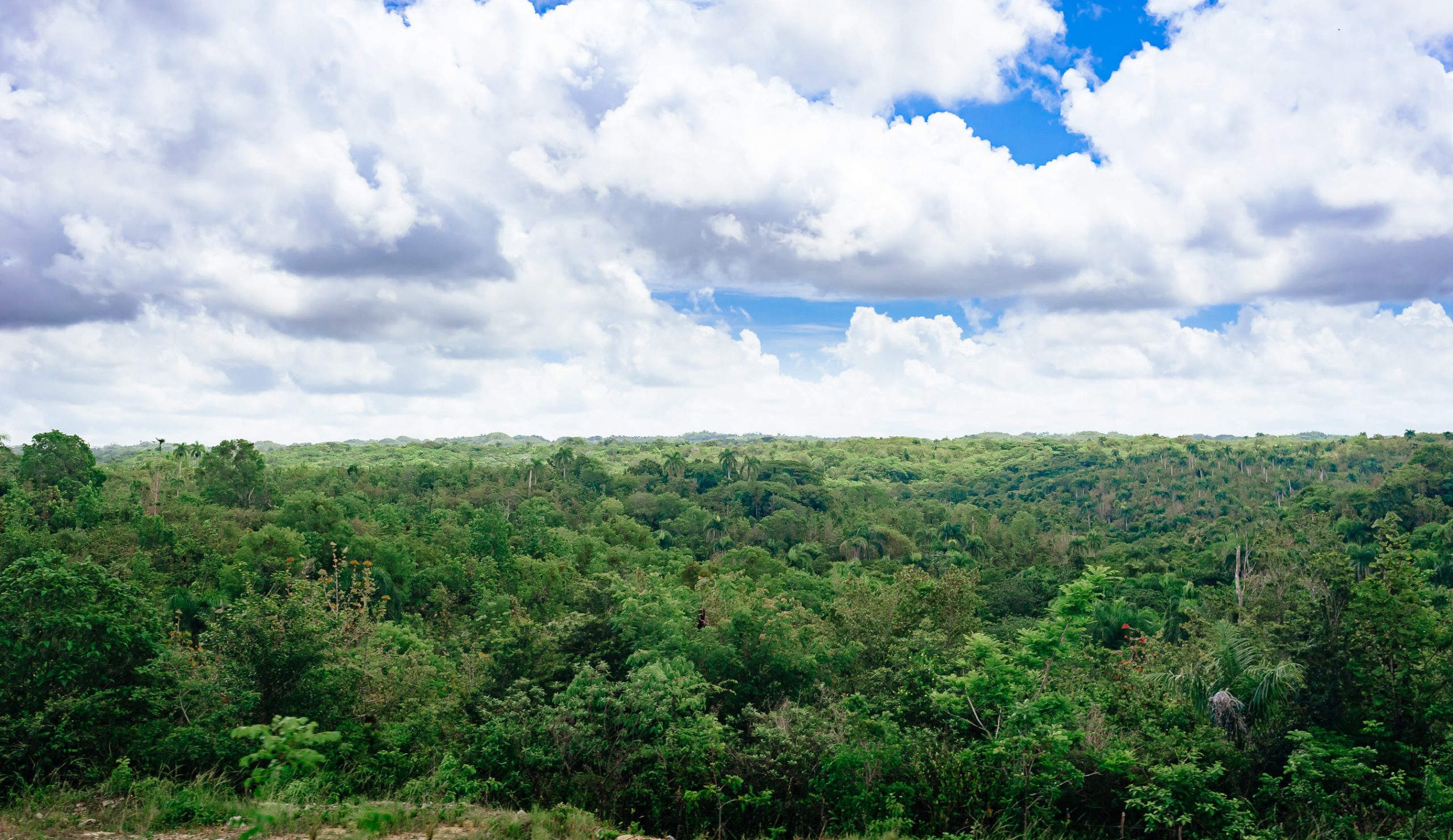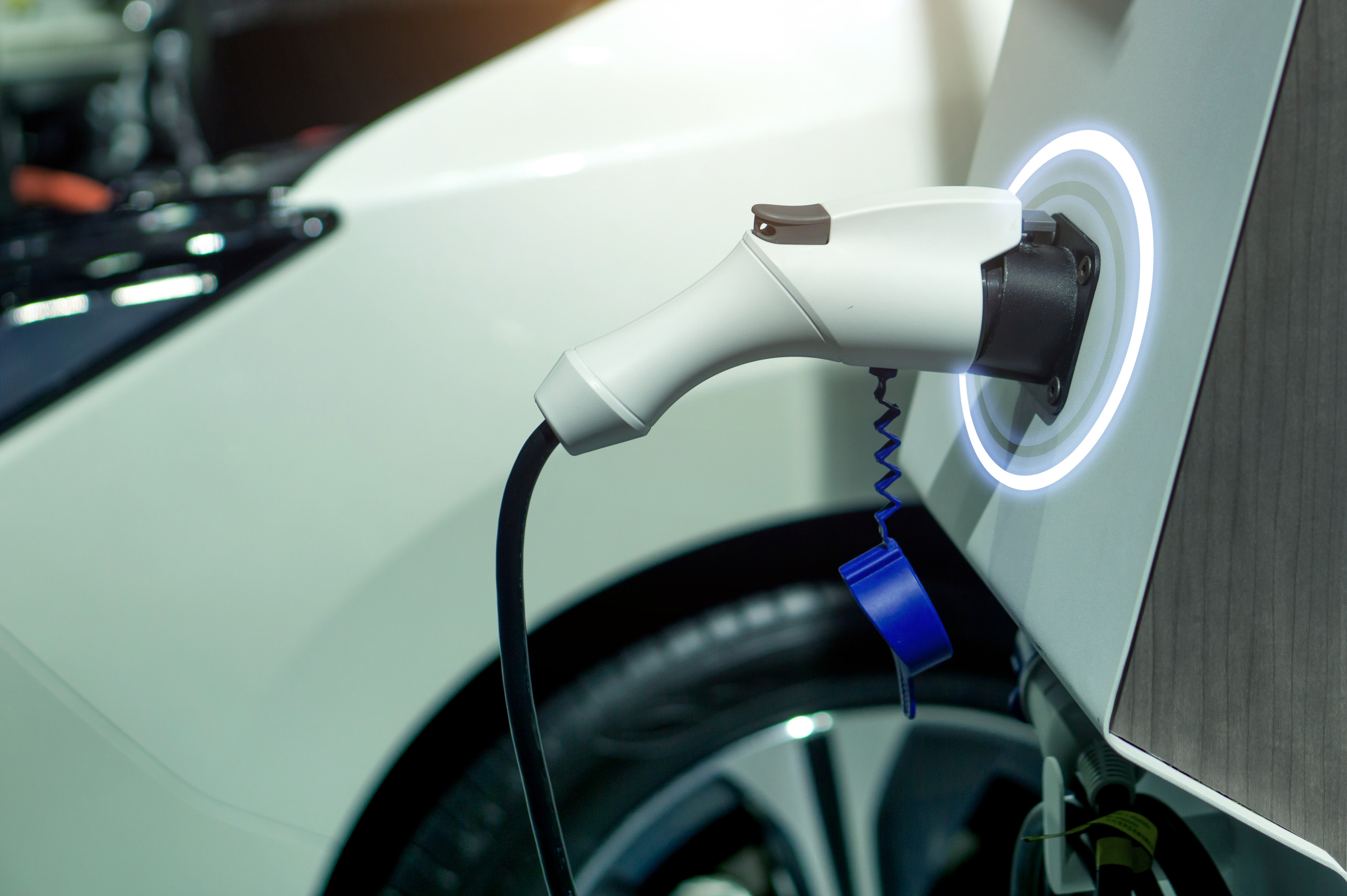BY THE OPTIMIST DAILY EDITORIAL TEAM
In Oakland, California, a trailblazing initiative is changing the face of renewable transportation and energy. At a former industrial site in East Oakland, 74 electric school buses serve as a symbol of the future, in which buses not only cut harmful emissions but also help to stabilize the power system. Zum, a San Francisco-based startup, envisions converting electric school bus fleets into battery systems capable of feeding energy back into the grid during peak demand periods.
“Today marks the next phase in our evolution,” said Ritu Narayan, CEO and co-founder of Zum, during the official launch event for the country’s first all-electric school bus fleet. By merging clean transportation with energy storage, Narayan intends to establish Zum as both a transportation service provider and a prominent participant in the energy industry.
Revolutionizing school transportation
Zum already provides transportation services to several large school districts in the United States, including San Francisco, Los Angeles, and San Bernardino. Their goal is to electrify 10,000 school buses within the next four years. This initiative aims to reduce considerable carbon emissions while improving air quality for students and communities.
Narayan believes that the 74 electric buses transporting Oakland’s special-needs kids will reduce emissions by 25,000 tons, a huge step toward cleaner air and healthier communities. She points out that replacing the United States’ 500,000 diesel school buses with electric alternatives could save an estimated 8.4 million tons of greenhouse gas emissions each year.
However, the shift to electric is not without bumps in the road. Electric school buses cost two to three times more than diesel buses. Federal, state, and utility incentives have helped to offset some of these expenses, but just under two percent of the national school bus fleet has gone electric as of mid-2024. This is where vehicle-to-grid (V2G) technology can make a significant difference.
Vehicle-to-grid tech: powering more than just the roads
V2G technology enables electric vehicles to not only consume power but also return unused energy to the grid during peak demand periods. School buses are ideal for this because they spend the majority of their time parked after finishing their morning and afternoon runs. During downtime, they can charge using cheaper, off-peak power, primarily from California’s surplus solar energy, and then discharge electricity when the grid is overloaded in the late afternoon and evening.
According to the California Energy Commission, converting all 25,000 school buses in the state to electric power may generate more than a gigawatt of electricity. Electric school buses have enormous potential, making them a significant asset not only for schools but also for the state’s energy infrastructure.
PG&E, California’s largest utility, was instrumental in bringing Zum’s Oakland project to life. “PG&E was able to step up to the challenge and deliver the energy to power these buses—and we were able to do it a year early,” says Patti Poppe, PG&E’s CEO. This agreement assures that electric buses can assist in alleviating the grid during peak periods, which is an important benefit as California’s energy demand grows.
Scaling V2G projects nationwide
Zum’s electric bus fleet is the largest V2G project of its kind in the United States, but it is not the only one. Other states are experimenting with similar technology. Highland Electric Fleets signed the country’s largest electric school bus contract in Montgomery County, Maryland, and will deploy the first commercial-scale V2G project in Beverly, Massachusetts, in 2022. Companies such as Nuvve and Fermata Energy are launching similar schemes in Colorado, Illinois, and others.
However, the main problem is to make V2G initiatives financially feasible. Utility programs and energy markets that can generate consistent profits from V2G projects are still in their early stages, making it difficult for school districts and transportation providers to forecast earnings.
California’s Emergency Load Reduction Program (ELRP), which pays $2,000 per megawatt-hour during grid outages, is one such endeavor to promote V2G use. However, developing a long-term economic model around these occasional events remains challenging. That’s why PG&E and Zum are developing a pilot program to produce dynamic rates that reward school buses for charging during off-peak hours and discharging during peak hours. “We want to know exactly how much money we can make from charging to the grid,” Narayan said.
Making electric buses economically viable
Zum has already made tremendous progress in lowering the initial price of its electric bus services by combining many federal and state incentives. Zum’s COO and co-founder, Vivek Garg, says the company was able to “buy down the cost of this project by 50 percent” through grants and rebates. This helped Zum to earn a five-year, $11.2 million contract with the Oakland Unified School District, which offers the same cost as traditional diesel buses.
A substantial chunk of the financing came from the Environmental Protection Agency’s Clean School Bus Program, which was established by the 2021 Bipartisan Infrastructure Law. Zum won $26.5 million to buy 80 electric buses, ten of which are now part of Oakland’s fleet. The California Air Resources Board and PG&E provided further funds.
Looking to the future
Zum’s ambition is to spread this idea across the country, electrifying over 200 buses in the San Francisco Unified School District by 2025 and assisting Los Angeles in converting its 450 buses. As the Oakland initiative advances, it will serve as a proof-of-concept for other utilities and regulators across the United States.











